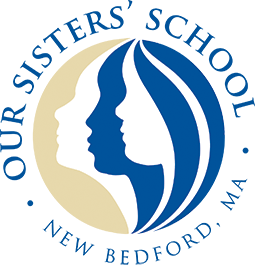Math
Curriculum for Foundations and Application
Upon entering Grade 5, OSS students take a teacher-designed course based on Common Core State Standards that provides instruction and practice in foundational mathematical concepts and skills. Curriculum in grades 6-8 is driven by the College Preparatory Mathematics (CPM) program. While other textbooks and programs focus on “skill and drill,” researched-based CPM takes a different approach - guided by these principles and also aligned to Common Core:
Students should engage in problem-based lessons structured around a core idea.
Guided by a knowledgeable teacher, students should interact in groups to foster mathematical discourse.
Practice with concepts and procedures should be spaced over time; that is, mastery comes over time.
By design, CPM “balances procedural fluency (algorithms and basic skills), deep conceptual understanding, strategic competence (problem solving), and adaptive reasoning (application and extension).” OSS math teachers enhance it by integrating some direct skills instruction and background knowledge so that our learners are further equipped to make more connections and solve problems.
By Grade 8, OSS mathematicians are ready to study topics such as linear functions; algebraic expressions and equations; representations of data (graphs, charts, plots, etc.); collection and analysis of data; proportional relationships; and some non-linear functions. By the end of the year, all students will have been exposed to -- and some will have mastered -- multiple topics that are typically present in an Algebra I class.
Problem-based Spiraling for Mastery Over Time
Mathematics classes are full of variety and challenge each young mind to think flexibly and build upon previous experience. In a traditional course of study, students focus on one topic, practice algorithms, take a test, and then move on. In our classes, however, topics shift and change frequently--students might practice four topics in a week. Spiraling--continually introducing, revisiting, and connecting various topics to each other and real-world application--also happens from year to year which provides multiple opportunities for skill mastery over time. Sometimes the same familiar model or framework will be presented repeatedly in different contexts to teach a different skill. For example, generic rectangles lend themselves well to regular multiplication in 6th grade, decimal multiplication in 7th grade, and factoring quadrangles in 8th. The emphasis is on realistic problem-solving and understanding how math truly makes sense, not merely memorization of facts or procedures.
Language-Rich Team Learning
CPM facilitates dynamic oral discourse; students are challenged to both work individually and clearly communicate their thinking and reasoning in groups. They have conversations in which they must figure out layered and difficult problems, as opposed to engaging in only teacher-directed and algorithmic thinking. Nearly all of the problems in CPM curriculum are word problems based on real-world scenarios that demand the acquisition and practice of vocabulary and background knowledge. Therefore, students practice literacy skills while exploring relevant topics and subjects infused with relevant mathematics.
The teacher serves as a facilitator of learning rather than a depositor of knowledge. Their role as facilitator is even more challenging than the all-knowing teacher who controls learning. Teachers support students as they work, but they do not take away the opportunity to think and investigate for themselves. Through the team approach, mathematicians are empowered to both ask and answer questions of their peers. Each person gains the confidence to actively participate in the small team and be at times the learner and at times the teacher.
Community Core Tools and Productive Struggle
Social and emotional learning permeates the fabric of our daily experience at OSS--the mathematics classroom is no exception. Each learner reflects explicitly on the mindsets necessary for success and develops her own toolbox of strategies to engage in “productive struggle.” They are encouraged to believe in themselves and each other, stick with tough problems, and find a way through it. A “growth mindset” is required as they work towards mastery over time and at their own personal rates.
Some key Community Core tools include:
Engage in Open Discussions
Strive for Accuracy
Value All Ideas
Persevere
As teacher Katelyn Rapoza said, “Because we’re doing really intense, heavy problem-solving with word problems, it makes the kids feel more confident when presented later with more complicated challenges that they don’t know. So we end up equipping them with skills and problem-solving stamina.”
Enrichment and Interdisciplinary Application
Math is everywhere! Some examples of integrated math instruction offered at OSS have included:
The Math Museum project, an exciting visual art and design challenge to teach topics and skills targeted towards individual needs and interests
The Lay project, an economic exploration of the income system used during the whaling era, similar to systems used today in New Bedford’s fishing industry
The Data Jam project, a collaboration with the science department to strengthen data literacy skills applied to topics within environmental science
Topics shared regularly with the STEAM Team to support the scope and sequence of technical instruction; for example, applying knowledge of coordinate planes learned in math class to the Tickercad 3D digital design tool
Our MATHCOUNTS team further challenge themselves by practicing and competing throughout the year against other middle school students!

